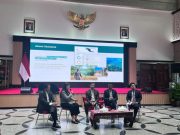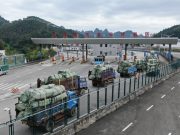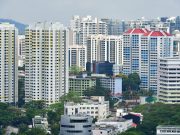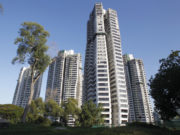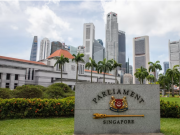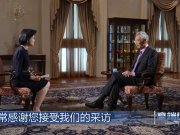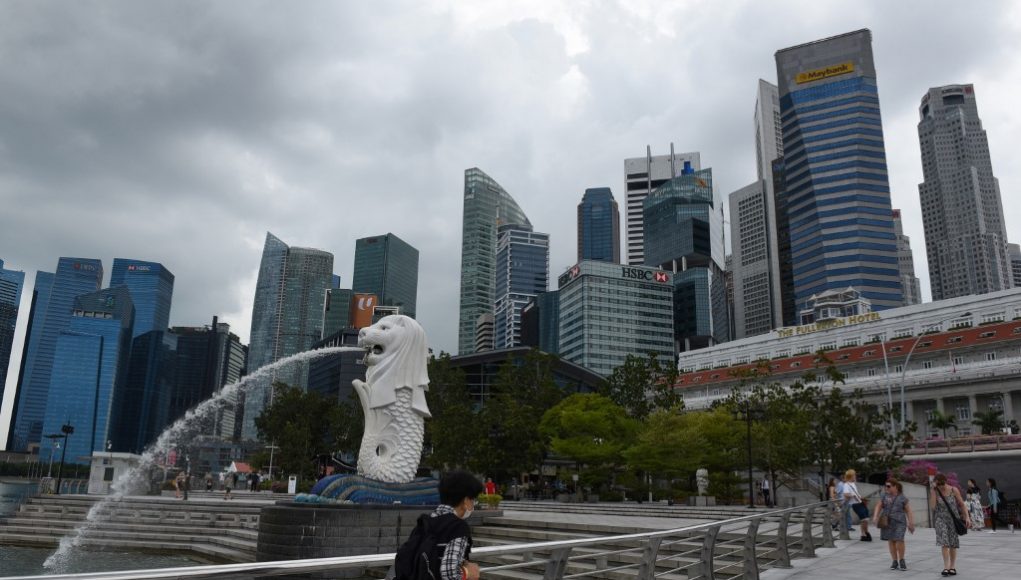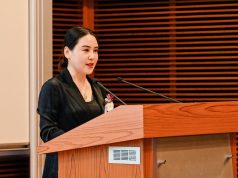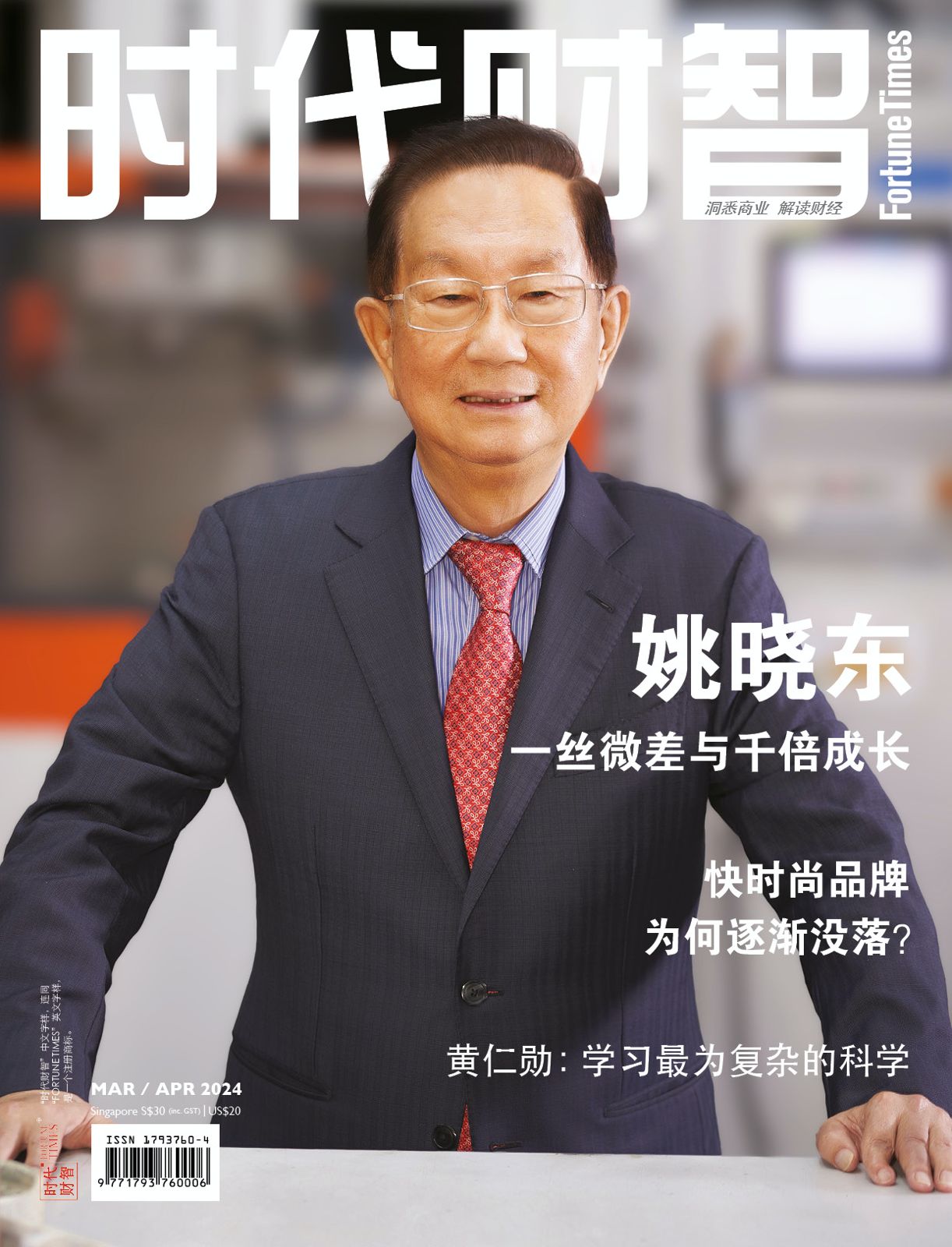(Singapore, Mar 30, 2020) Singapore will take a stable monetary policy stance as the city state’s GDP growth is projected at −4 to −1%, the Monetary Authority of Singapore announced today.
Due to the combination of supply chain disruptions, travel restrictions imposed in many countries and a sudden decline in demand, the COVID-19 pandemic has led to a severe contraction in economic activity both in Singapore and globally, MAS says in a statement.
It says the Singapore economy will enter a recession this year, with GDP growth projected at −4 to −1%. Consequently, disinflationary pressures are expected to broaden, even as the prices of some imported items are likely to increase as a result of the disruptions in production and transport. MAS is thus lowering the 2020 forecast range for both MAS Core Inflation and CPI-All Items inflation to −1 to 0%.
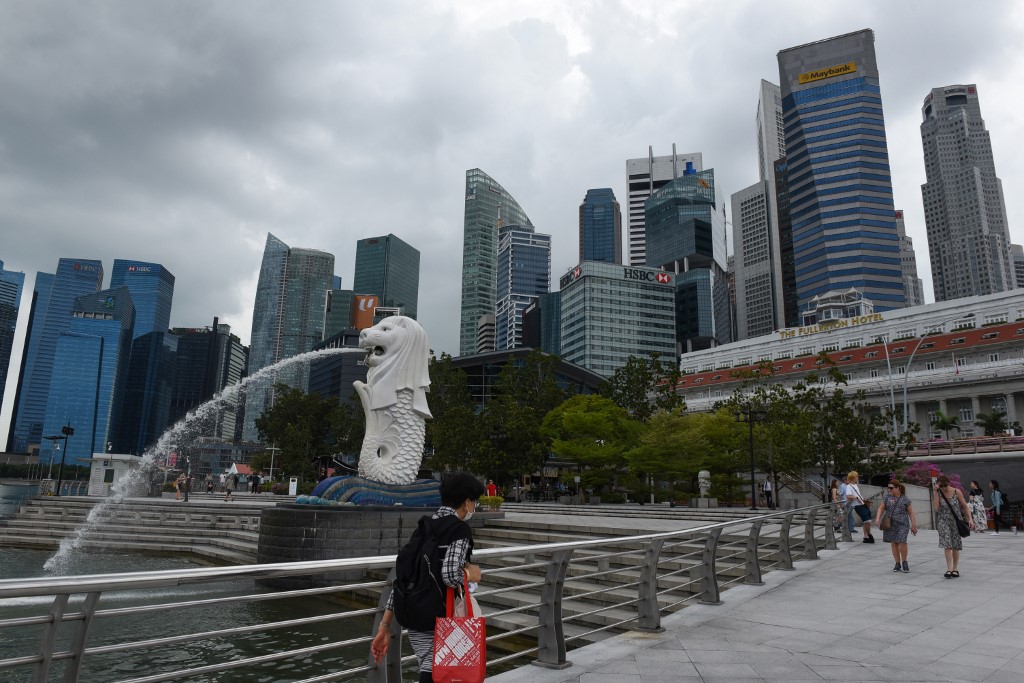
Based on the Advance Estimates released by the Ministry of Trade and Industry on 26 March, the Singapore economy contracted by 2.2% year-on-year in Q1 2020, following the 1.0% expansion in the preceding quarter. On a quarter-on-quarter seasonally adjusted basis, GDP declined sharply by 10.6%, after expanding by 0.6% in Q4 2019.
The outbreak of COVID-19 domestically and abroad has weighed on a broad spectrum of economic activities. Travel-related industries, such as aviation and tourism, have been hardest hit.
Consumer-facing sectors have been severely affected by social distancing measures and heightened uncertainty. Construction activity also declined in Q1, in part reflecting disruptions to the inflow of workers and raw materials. The manufacturing sector recorded its fourth consecutive quarter of contraction, with lacklustre performances across most segments except for the biomedical and precision engineering industries.
Looking ahead, global GDP growth is expected to stall or even contract in H1 2020, given the significant interruption to economic activity in most of Singapore’s major trading partners, the MAS says.
It says the ongoing wave of COVID-19 outbreaks will continue to dampen global growth beyond the first half of the year, even as China is showing signs of recovery to normalcy.
Fiscal, monetary and regulatory support in a number of major economies will help to mitigate the economic fallout, but is unlikely to change this weak outlook. The recovery in the global economy will depend on the epidemiological course of the pandemic and the efficacy of policy responses, MAS says.
Against this backdrop, the Singapore economy is expected to contract in 2020. Activity will remain subdued in the travel-related and consumer-facing sectors until the pandemic is contained globally and in the region.
Growth in the trade-related industries will be weighed down by the decline in external demand and supply chain disruptions, while modern services such as finance & insurance and information & communications will be affected by the general slowdown in business activity and investment, MAS officials say.
MAS Core Inflation, which excludes the costs of accommodation and private road transport, declined from 0.6% year-on-year in H2 2019 to an average of 0.1% in January–February 2020. This was partly due to a larger decline in retail goods prices, as well as government measures to reduce the costs of pre-school education and healthcare. Over the same period, CPI-All Items inflation rose slightly to 0.6%, reflecting a larger increase in private road transport costs and a turnaround in imputed rentals on owner-occupied accommodation.
External sources of inflation are likely to weaken in the near term amid the global downturn. In particular, benchmark oil prices fell sharply in March and are expected to stay low for an extended period. However, supply chain disruptions arising from worldwide measures to contain COVID-19 could put some temporary upward pressure on imported food prices. On the domestic front, a degree of labour market slack could emerge as firms pull back on their hiring plans, even as the scale of retrenchments is mitigated by the Jobs Support Scheme. The resident unemployment rate is expected to rise and wage growth ease. Meanwhile, non-labour costs such as retail rents should stay subdued. Softer labour market conditions and weak consumer sentiment will keep cost pressures in check and cap their pass-through to consumer prices. The government’s decision to freeze all its fees and charges for a year will further restrain inflation.
Within the non-core components of the CPI, rentals are expected to be broadly flat as demand for accommodation eases in line with the reduced inflow of foreign workers. Car prices are likely to be largely unchanged as households hold back on expenditure that require large financial outlays.
Given these factors, both MAS Core Inflation and CPI-All Items inflation are expected to average between −1 and 0% in 2020.
With the deterioration in macroeconomic conditions and expectations of a weaker outlook, the nominal effective exchange rate (S$NEER) has depreciated to a level slightly below the mid-point of the policy band.
The NEER is an unadjusted weighted average rate at which one country’s currency exchanges for a basket of multiple foreign currencies. The nominal exchange rate is the amount of domestic currency needed to purchase foreign currency.
It is an indicator of a country’s international competitiveness in terms of the foreign exchange market. A higher NEER coefficient means that the home country’s currency is usually worth more than an imported currency, and a lower coefficient means that the home currency is usually worth less than the imported currency.
MAS says it will adopt a zero percent per annum rate of appreciation of the policy band starting at the prevailing level of the S$NEER. There will be no change to the width of the policy band. This policy decision hence affirms the present level of the S$NEER, as well as the width and zero percent appreciation slope of the policy band going forward, thus providing stability to the trade-weighted exchange rate.
The stable monetary policy stance also reflects the primary role of fiscal policy in mitigating the economic impact of COVID-19.
Singapore’s Resilience Budget announced on 26 March, and the earlier Unity Budget, are expected to help preserve jobs, skills and firms’ know-how and capabilities.
MAS’ money market operations will at the same time provide sufficient liquidity to the financial system. Monetary policy will complement these efforts and ensure price stability over the medium term.


